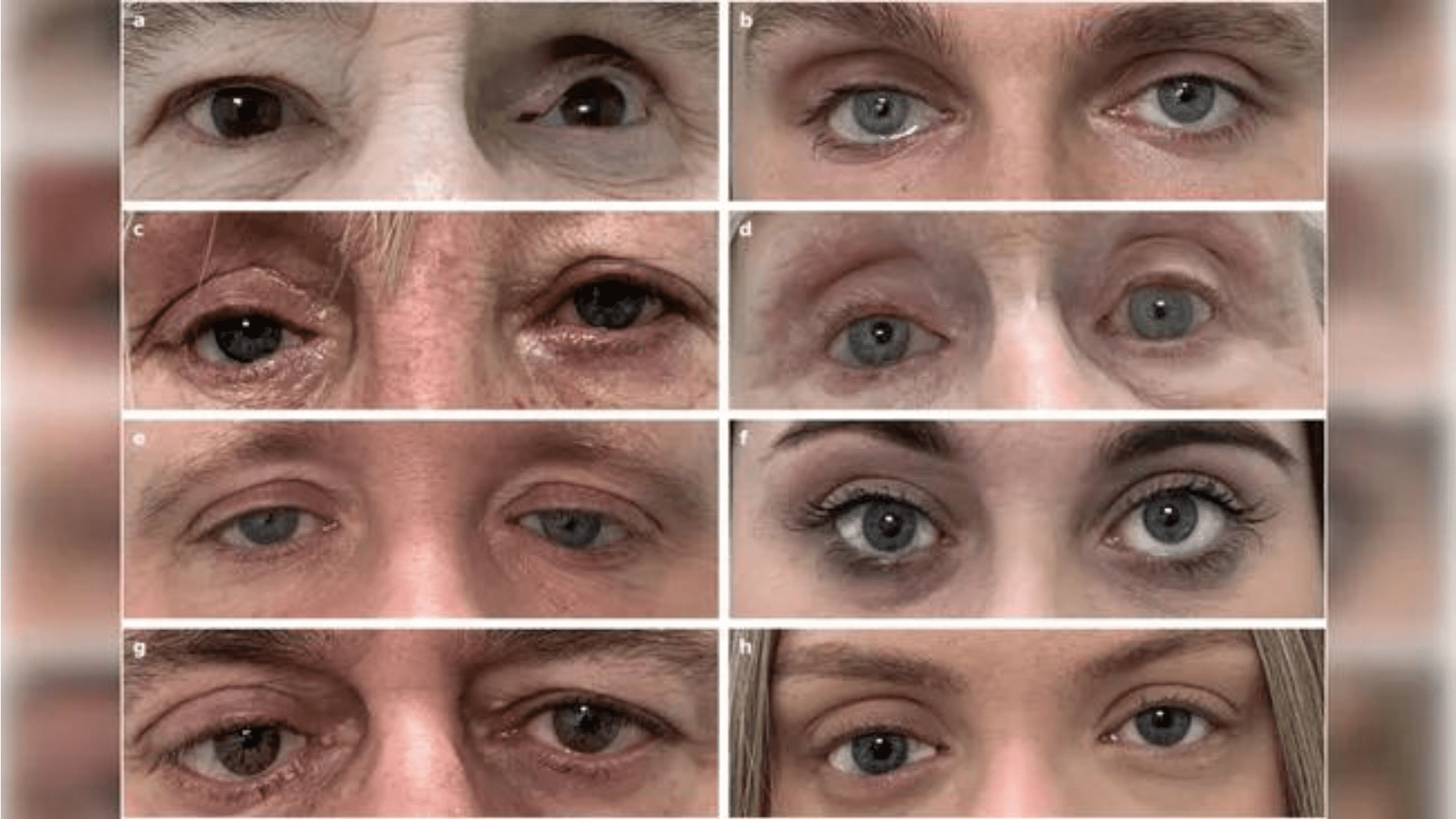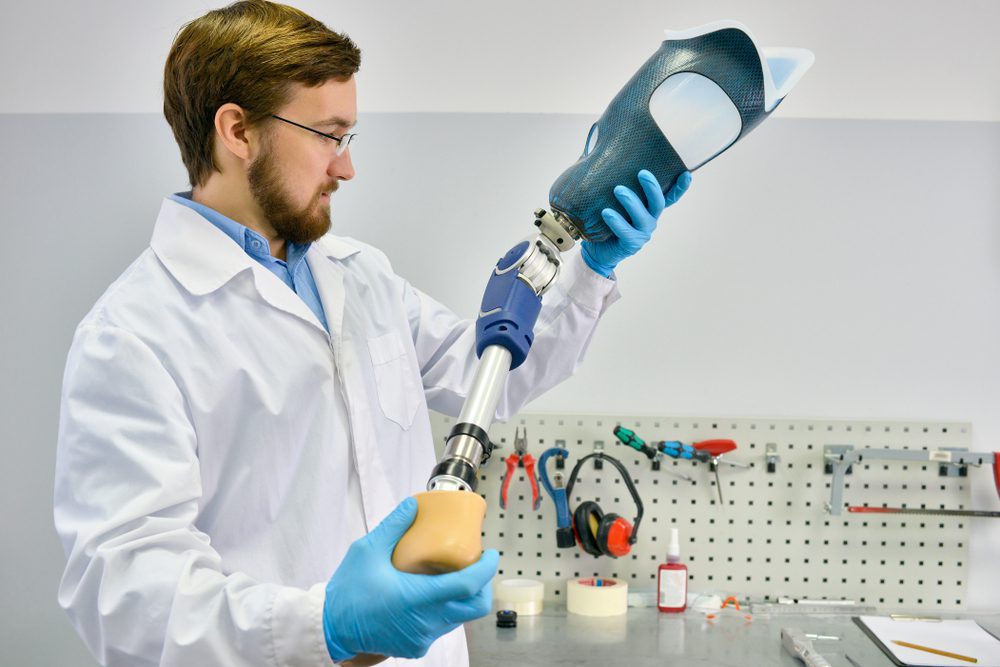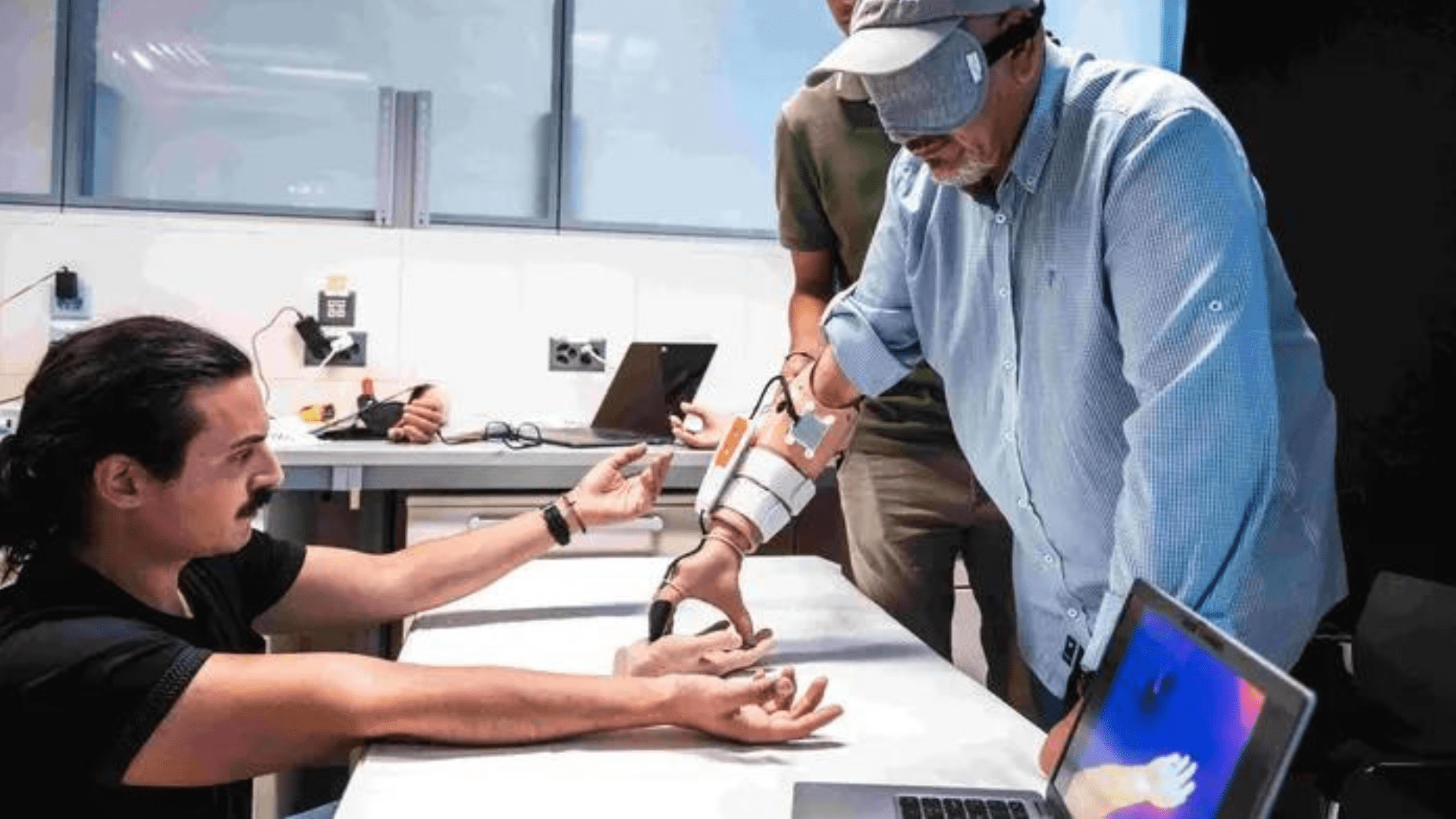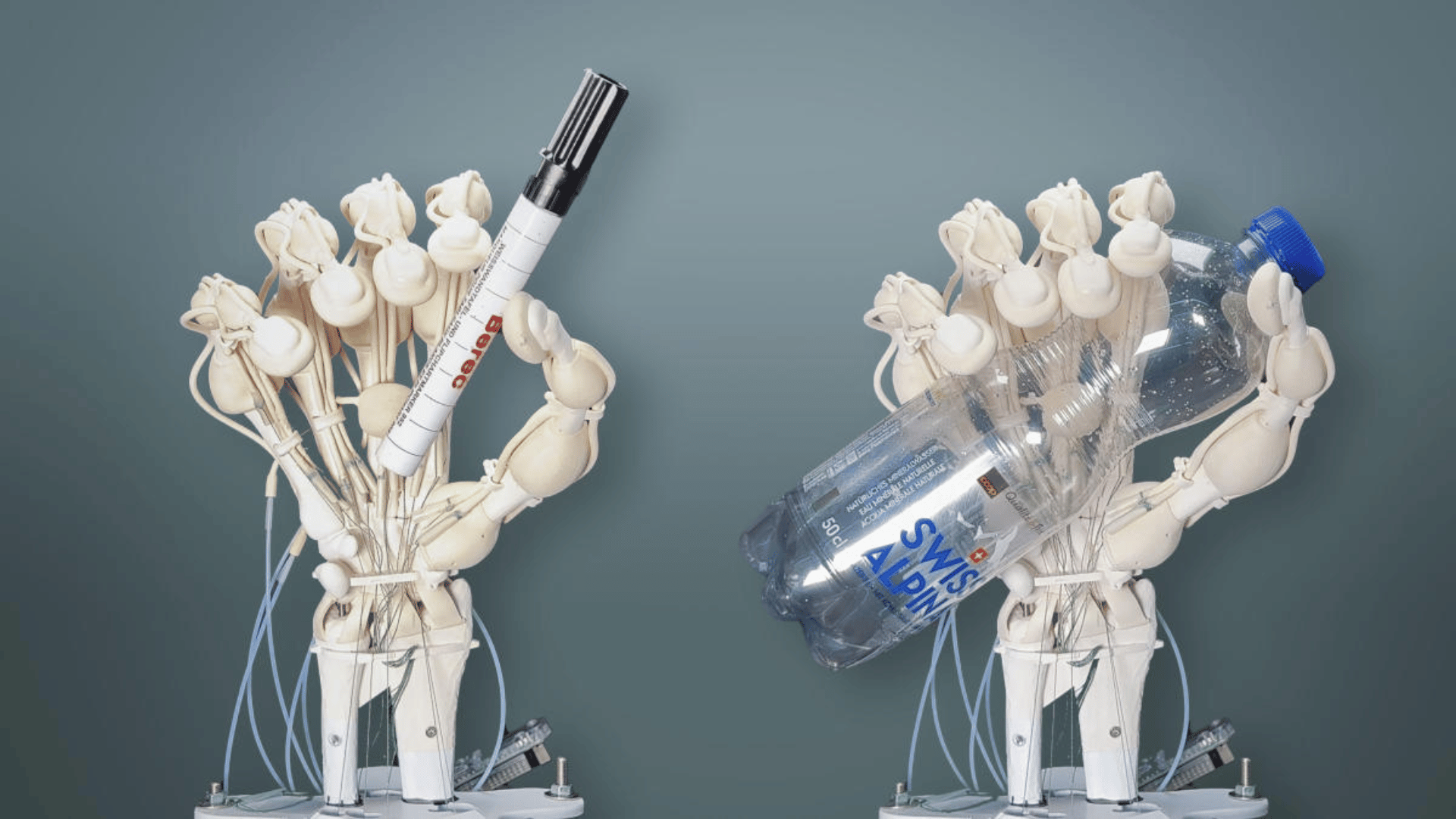3D-printed prosthetic eyes take a fraction of the time and effort to produce, compared to prosthetic eyes made by hand. In a recent study, ten people who lost an eye were given a 3D-printed prosthetic.
Time and Effort
It takes a skilled technician, or ocularist, eight hours to make a prosthetic eye. According to a study in Nature Communications, scientists have developed a new technology that will create a 3D-printed, realistic prosthetic eye in just 90 minutes and use five times less labor than traditional methods. The technology could produce a realistic-looking eye for the 8 million people in the world who need one.

Furthermore, the eyes printed from the new technology look more natural than the traditional prosthetic ones, which, according to researchers, can boost the user’s self-confidence. The study’s lead author Johann Reinhard said, “Patients are very conscious about wearing a prosthesis, and they don’t want others to notice.” Reinhard believes that a more realistic prosthetic eye can help people who need it participate more in society.
Explore Tomorrow's World from your inbox
Get the latest science, technology, and sustainability content delivered to your inbox.
I understand that by providing my email address, I agree to receive emails from Tomorrow's World Today. I understand that I may opt out of receiving such communications at any time.
Crafting an Artificial Eye
Normally, to craft a prosthetic eye, the technician makes a mold of a person’s eye socket. Once they create a mold, they remove that material and use it as a template for a wax impression that goes into the eye socket. They smooth, test, and reshape it until it fits comfortably and then they make a final plastic version. This plastic version is painted to match the healthy eye. Because of wear and tear, these traditional plastic eyes need to be replaced every five to 10 years. Moreover, since the eyes are manually produced, the shape and appearance could be different.

With the new technology, they take a specialized image of the patient’s empty eye socket and their healthy eye. They draft a blueprint from the images and send them to the 3D printer in the lab. It usually takes about 90 minutes to print the eye but if they print more than one it speeds up the process. For example, printing 100 eyes would take about 10 hours. According to the researchers, the 3D printer does a good job of replicating the color, size, and structure of the eye. The same goes for replicating the healthy eye’s color and the white part around the iris. Once it is finished, it takes the technician about 15 to 30 minutes to install it.
Future Tests
The researchers want to find a way to print eyes for children. However, more data is needed to see if the technique can do that. For now, they intend to test the approach in more clinics. They also plan to publish the results of a clinical trial that explored the long-term performance of 3D-printed artificial eyes.







